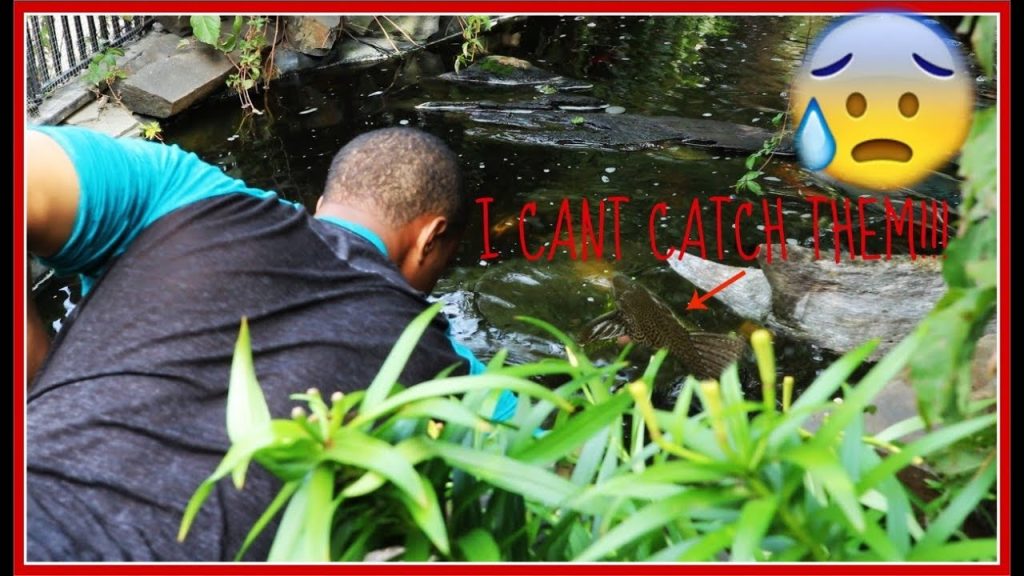Absolutely! A Pleco can indeed live in a pond, provided that certain conditions are met. The Plecostomus, commonly known as Pleco, is a freshwater fish native to South America. Known for its algae-eating capabilities and peaceful nature, the Pleco can be a wonderful addition to a pond ecosystem. In this article, we’ll explore the factors to consider when introducing Plecos to a pond, the benefits they bring, and how to ensure their well-being in an outdoor habitat.
### Understanding the Pleco
Plecos are known for their distinct appearance, with their armored bodies and sucker-like mouths. They are primarily herbivorous, feeding on algae and plant matter. This makes them excellent natural cleaners for ponds, as they help control algae growth and maintain water quality. Additionally, Plecos are generally peaceful and can coexist with other fish species, making them an attractive choice for pond enthusiasts.
### Factors to Consider
Before introducing Plecos to a pond, several factors should be taken into account to ensure their health and well-being:
#### Climate
One of the most critical factors is the climate of the pond’s location. Plecos are sensitive to temperature fluctuations, and their natural habitat in South America is characterized by warm, tropical conditions. Therefore, ponds in regions with colder climates may require additional measures to maintain suitable water temperatures for Plecos, especially during winter.
#### Size and Depth
Ponds should be of adequate size and depth to accommodate Plecos. These fish can grow quite large, depending on the species, and require sufficient space to thrive. Additionally, a pond with varying depths can provide Plecos with options for temperature regulation, as they may move to different depths based on their preferences and environmental conditions.
#### Water Quality
Maintaining good water quality is essential for the health of Plecos. Ponds should have efficient filtration systems to keep the water clean and well-oxygenated. Regular water testing and monitoring of parameters such as pH, ammonia, and nitrate levels are crucial to ensure a suitable environment for Plecos.
### Benefits of Having Plecos in a Pond
Introducing Plecos to a pond can offer a range of benefits, both for the pond ecosystem and the pond owner:
#### Algae Control
Plecos are renowned for their ability to consume algae, helping to keep pond surfaces and rocks free from excessive growth. This natural algae control can contribute to a clearer and more visually appealing pond, reducing the need for manual cleaning and maintenance.
#### Natural Balance
By adding Plecos to the pond, a natural balance can be achieved. As herbivores, Plecos play a role in regulating the growth of aquatic plants, preventing overgrowth that can disrupt the pond ecosystem. Additionally, their peaceful nature means they are unlikely to cause disturbances among other pond inhabitants.
#### Educational Value
For pond owners, observing the behavior and habits of Plecos can be both fascinating and educational. These fish exhibit unique feeding and movement patterns, offering an opportunity for pond enthusiasts to learn more about aquatic life and ecology.
### Ensuring the Well-being of Pond Plecos
To ensure that Plecos thrive in a pond environment, the following measures can be taken:
#### Providing Hiding Places
Plecos appreciate hiding spots, such as caves or crevices, where they can retreat when they feel stressed or threatened. Incorporating natural or artificial structures in the pond can create these sheltered areas, enhancing the well-being of the Plecos.
#### Suitable Diet
While Plecos are known for their algae-eating habits, it’s important to supplement their diet with additional food sources. Specially formulated sinking pellets and fresh vegetables, such as zucchinis or cucumbers, can provide essential nutrients for Plecos in a pond setting.
#### Monitoring Behavior
Regular observation of Pleco behavior is crucial for identifying any signs of stress or illness. Changes in feeding patterns, unusual swimming behavior, or visible signs of distress should be promptly addressed to ensure the health of the Plecos.
#### Winter Preparations
In regions with cold winters, it’s vital to prepare the pond for the colder months. Measures such as installing pond heaters or providing insulated shelters can help maintain suitable temperatures for Plecos during winter, safeguarding them against potential cold-related stress.
### Conclusion
In conclusion, a Pleco can indeed live in a pond, and their presence can be beneficial for maintaining a healthy and balanced aquatic environment. By considering factors such as climate, pond size, and water quality, pond owners can create a suitable habitat for Plecos to thrive. With proper care, attention to their well-being, and an understanding of their unique requirements, Plecos can be valuable additions to outdoor pond ecosystems, contributing to the beauty and sustainability of these aquatic environments.





